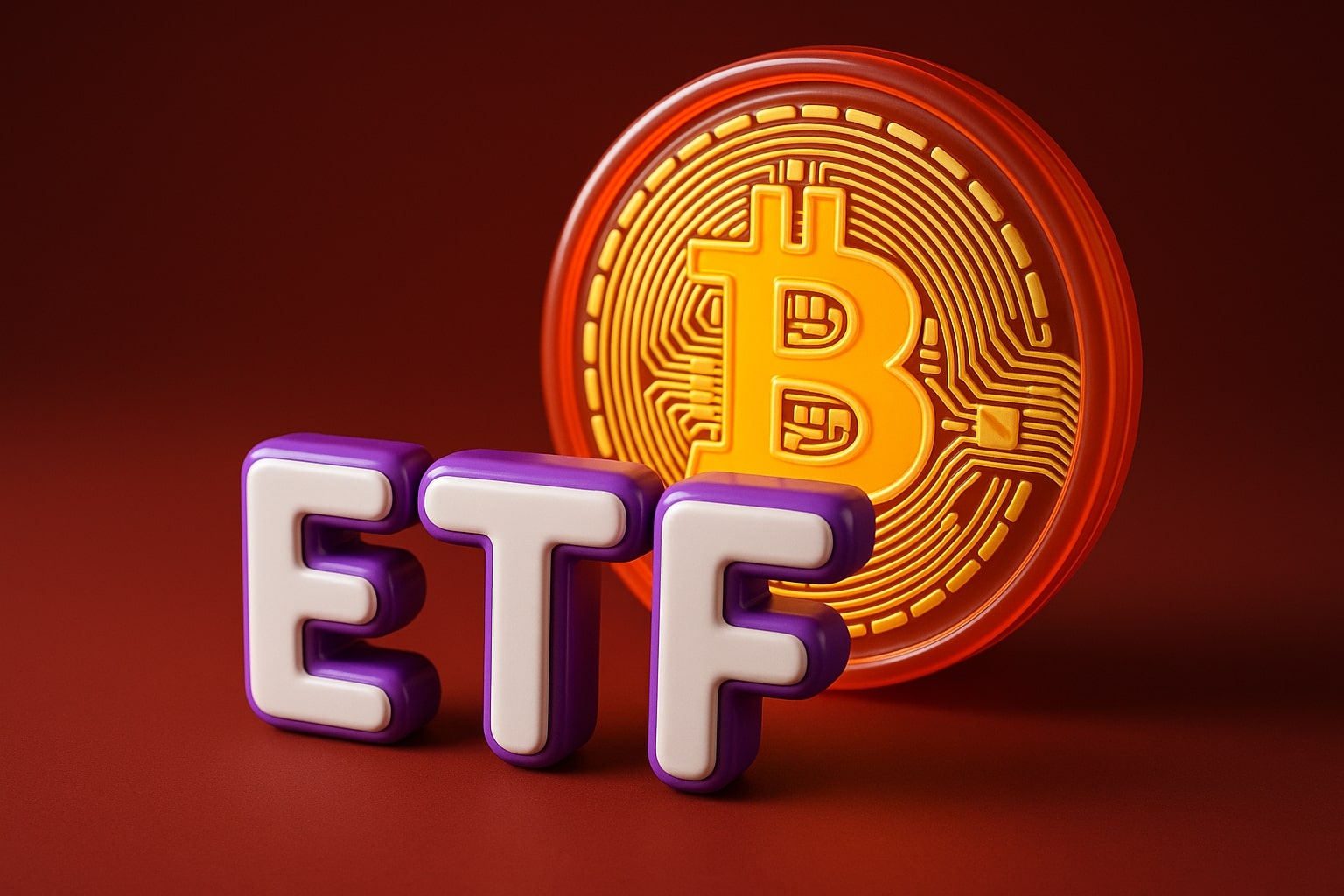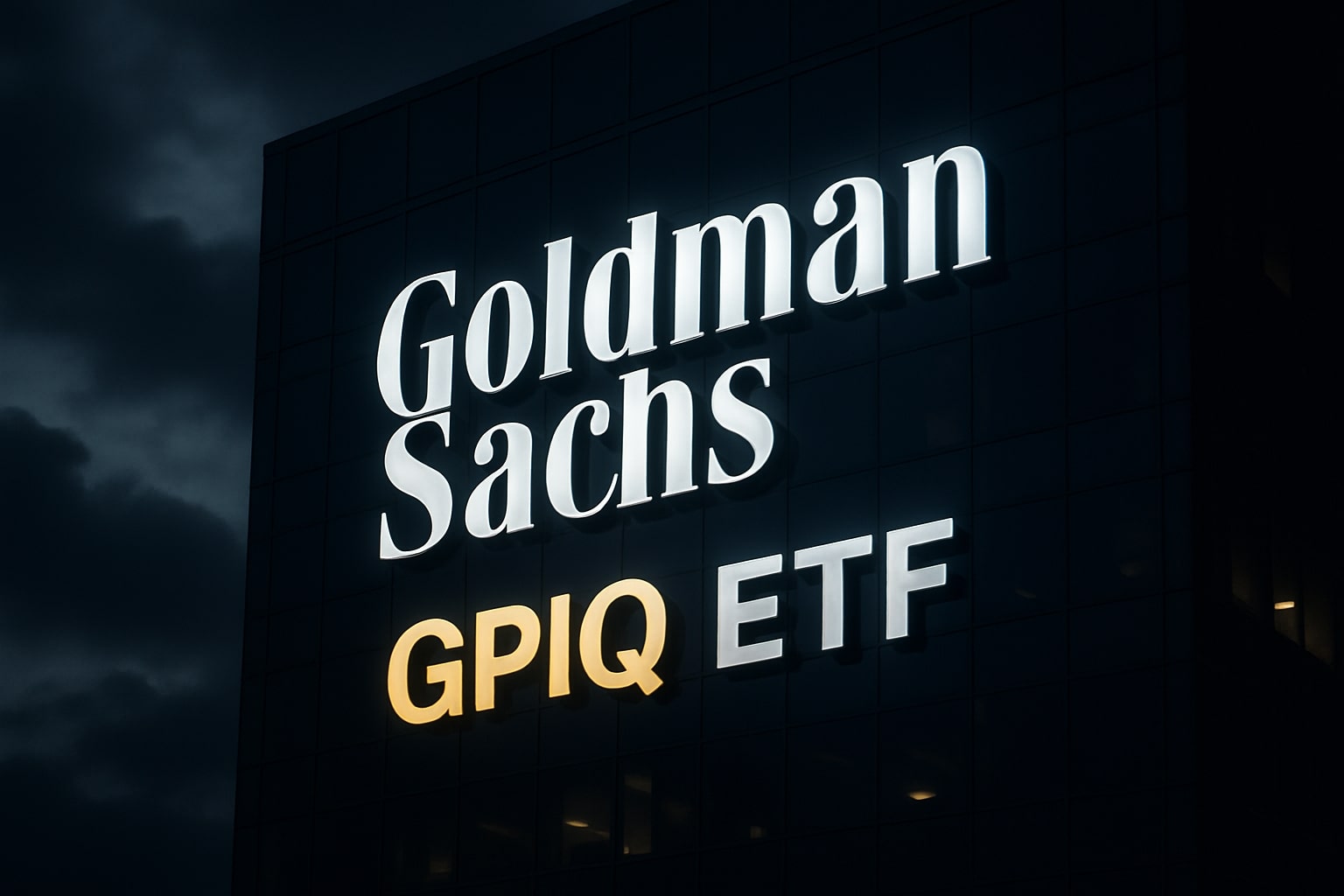
Bitcoin Price Forecast - BTC-USD Holds $86,400 as Oversold RSI Define Market Tone
Bitcoin rebounds from $84,679 lows amid renewed ETF inflows, RSI near 25, and macro pressure from the Fed’s delayed rate-cut outlook | That's TradingNEWS
Bitcoin (BTC-USD) Struggles to Hold Momentum as Oversold Signals Emerge
Bitcoin (BTC-USD) trades around $86,400, regaining slight ground after touching a session low near $84,679. The rebound follows a decline of 0.61% from its previous close at $86,523.95, with the daily high recorded near $87,445. Despite the short-term bounce, Bitcoin remains deeply below its yearly peak of $126,198, clinging to support above the $74,436 low set earlier in 2025. The market capitalization hovers near $1.72 trillion, while daily turnover exceeds $45 billion, showing that liquidity remains high even as volatility dominates.
Technical Landscape and Price Dynamics
From a technical perspective, the current formation reflects exhaustion after months of selling pressure. The Relative Strength Index at 25.47 signals oversold conditions, confirming that downward momentum may be stretched. The MACD reading of −5,585.04 underscores persistent bearish bias, and the ADX at 46 shows that the prevailing downtrend remains firm. Short-term moving averages, including the 10-day EMA near $90,000, continue to act as resistance, while the 200-day SMA around $110,210 defines the long-term ceiling. A break above $94,000–$97,000 could restore positive structure, whereas any decisive close below $80,000 would expose deeper retracements toward the $74,500–$76,000 region.
Short-Term Market Behavior
Intraday charts show that buying interest reappeared around $80,537, creating a modest rebound pattern from that base. The $85,000 level remains the critical pivot where short-term traders are defending positions. Volume remains subdued, reflecting caution rather than conviction. On the daily timeframe, the broader setup still paints a bearish picture with consistent lower highs and lower lows. Resistance continues to cluster at $90,000 and $100,000, suggesting that any recovery will likely face heavy overhead supply before sentiment can flip decisively bullish.
Macro Pressures and Federal Reserve Influence
Bitcoin’s retreat aligns with tightening financial conditions driven by the Federal Reserve’s persistence on restrictive policy. The delay of major economic reports, including retail sales and PCE inflation, has left traders operating in partial darkness. Market consensus points to postponed rate cuts, with major institutions such as Morgan Stanley (NYSE:MS) projecting no easing until 2026. Rising real yields and a firm Dollar Index near 100.11 continue to weigh on Bitcoin’s appeal as a non-yielding asset.
ETF Flows and Institutional Reaction
After weeks of redemptions, institutional demand through Bitcoin-linked ETFs has begun to stabilize. Net inflows of roughly $238 million were recorded, led by Fidelity’s FBTC with $108 million and Grayscale’s Mini Trust adding $84.9 million. The BlackRock IBIT ETF saw outflows exceeding $122 million, but the broader market posted a net gain as funds like ARKB, BTCO, and BITB absorbed part of the rotation. Total ETF trading activity reached $11 billion with aggregate assets under management of roughly $110 billion, indicating that large investors are testing re-entry points but have not yet committed to full exposure.
On-Chain Metrics and Market Positioning
Blockchain data reveals accumulation activity resuming around the $83,000–$85,000 range as long-term holders reduce distribution. Exchange outflows above $1.2 billion within two days suggest movement into cold storage, often viewed as a sign of holder confidence. Nevertheless, perpetual futures open interest remains elevated, confirming that leveraged speculation has not fully unwound. Historically, Bitcoin’s durable recoveries have coincided with declining leverage alongside rising spot demand—conditions that are still developing rather than confirmed.
Investor Sentiment and Market Psychology
Sentiment remains fragile but not collapsed. The fear and greed index sits near 31, indicating defensive positioning. Retail participation has thinned, while institutional traders are oscillating between cautious accumulation and hedged short exposure. Even after the correction, Bitcoin shows an 11.39% gain year-to-date, reflecting longer-term resilience. The price remains far below its 50-day moving average at $108,400, which some contrarian investors interpret as a mean-reversion opportunity.
Correlation with Broader Risk Assets
Bitcoin continues to trade in high correlation with major technology stocks, particularly NASDAQ:NVDA, NASDAQ:AMD, and NASDAQ:COIN, as both sectors share sensitivity to liquidity cycles. The correlation with the NASDAQ Composite (NASDAQ:IXIC) stands at approximately 0.78, signaling tight co-movement. Meanwhile, an inverse link to U.S. Treasury yields and the strengthening dollar underscores how macro dynamics remain the dominant force behind every price leg.
Regional Developments and Regulatory Shifts
Across Asia, mining economics have tightened as rising energy costs cut into margins and restrain hash-rate growth. Russian market strategists warn that no sustained recovery can occur before Spring 2026 without monetary easing by the Fed. In the United States, congressional initiatives to classify Bitcoin as part of a “digital reserve asset” basket could institutionalize its status while tempering speculative flows. Europe’s regulatory framework under MiCA continues to reshape the liquidity landscape, affecting fiat-crypto bridges and tightening compliance for stablecoin issuers.
Read More
-
GPIQ ETF (NYSEARCA:GPIQ) Hits $52.97 as 9.8% Yield and $2.21B AUM Cement Its Lead in Covered-Call Income ETFs
26.11.2025 · TradingNEWS ArchiveStocks
-
XRPI and XRPR ETFs Hit $586M Inflows as XRP Price (XRP-USD) Holds $2.22 and Eyes $2.50–$4.50 Upside
26.11.2025 · TradingNEWS ArchiveCrypto
-
Natural Gas Price (NG=F) Futures Surge to $4.60 as Cold Weather, LNG Exports Tighten U.S. Market
26.11.2025 · TradingNEWS ArchiveCommodities
-
USD/JPY Price Forecast - (JPY=X) Holds 156.50 As BoJ Tightening Talk and Fed Cut Bets Reshape Currency Outlook
26.11.2025 · TradingNEWS ArchiveForex
Institutional Exposure and Market Sensitivity
Public companies heavily exposed to Bitcoin—such as NASDAQ:MSTR, NYSE:COIN, and NASDAQ:TSLA through past holdings—remain highly sensitive to BTC price swings. Recent insider filings at MSTR show limited selling, implying management conviction in the long-term trend, while hedge-fund reporting indicates selective reductions in leveraged crypto products. The interplay between these institutional moves and Bitcoin’s spot performance continues to dictate sentiment across derivative markets.
Strategic Market View
The technical backdrop remains weak but potentially transitional. Holding the $85,000 area is essential to prevent renewed capitulation toward the $80,000 line. Sustained trade above $87,500 would represent the first credible shift in structure, inviting short-term momentum back into the market. Until a breakout above $94,000–$97,000 is secured with volume confirmation, the broader trend stays defensive.
Outlook and Trading News Verdict
Current conditions justify a Hold stance on BTC-USD. The market shows heavy oversold readings yet lacks the confirmation of trend reversal. ETF inflows and on-chain accumulation provide a floor, but macro headwinds and absent volume keep rallies vulnerable. The setup is technically bearish but cyclically neutral, balancing fear with early signs of resilience. A decisive close above $94,000 would shift momentum toward Buy, while failure to defend $80,000 would reactivate the Sell bias. Bitcoin remains the central risk gauge of global markets—its direction over the coming weeks will reveal whether the current cycle represents exhaustion or the prelude to another leg lower.

















